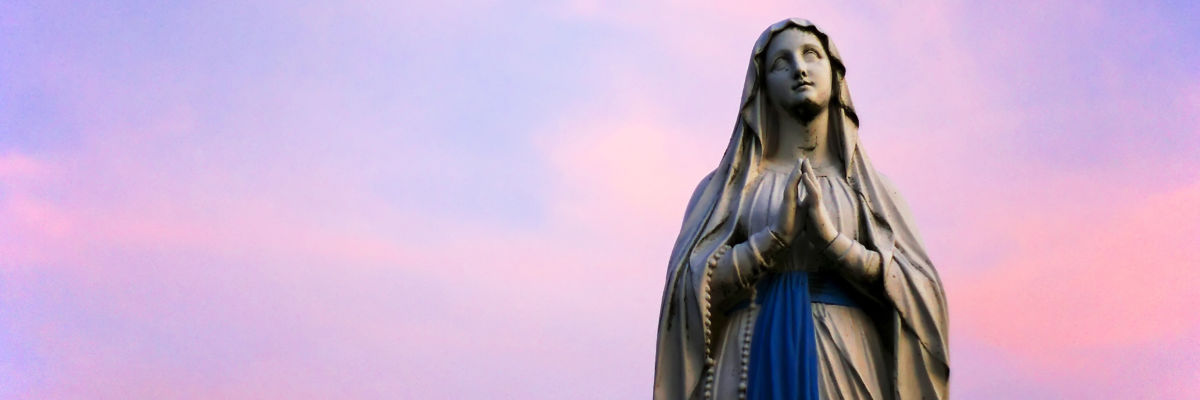
Question:
Answer:
There is evidence of Christians celebrating the feast of Mary’s birth in the sixth century and of Christians celebrating the conception of Mary in the seventh century. That would imply that the feast of Mary’s birth came first. Also, the fact that many of the Eastern Orthodox celebrate the feast of Mary’s birth on September 8 lends to the probability that the date is of ancient origin, though the Coptic and Ethiopian Orthodox celebrate it on May 9.
It should be noted that originally the feast of the conception of Mary did not reference the Immaculate Conception; it was simply a feast of her conception. It was not until Pope Pius IX’s dogmatic definition on December 8, 1854, of the Immaculate Conception that the name and focus of the feast were changed.
There is a tradition that on September 8 in the year A.D. 430, St. Maurilius had a vision of angels singing. When he asked why they were singing, they replied they were singing because this was the day that the Blessed Virgin was born. This tradition is not considered historically reliable.
The feast of the conception of Mary appears to have been originally celebrated in monasteries on December 9 and later made its way into the cathedral and local celebrations. Some medieval scholars referring to a tradition that Mary was born after seven months claimed that her conception took place in February.
We don’t know why the dates of September 8 and December 8 were chosen for their respective feast days, though the historical evidence does seem to imply that the feast of Mary’s birth was first celebrated on September 8 and that dates for the feast of her conception were calculated backward from that date.



